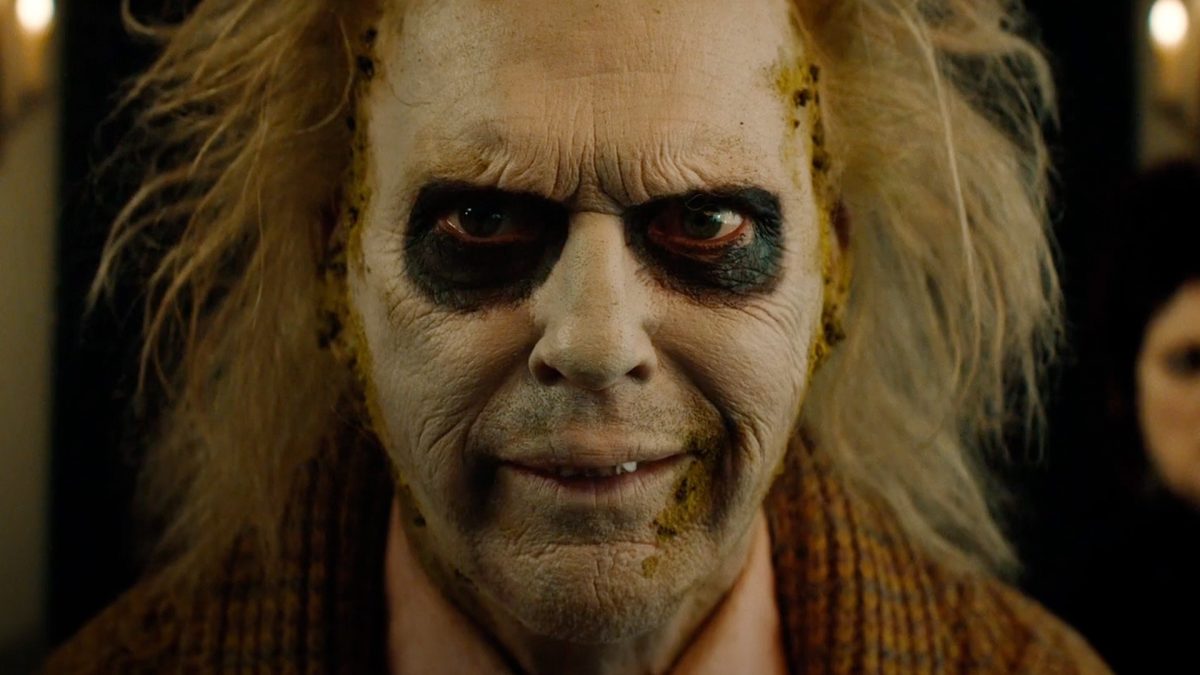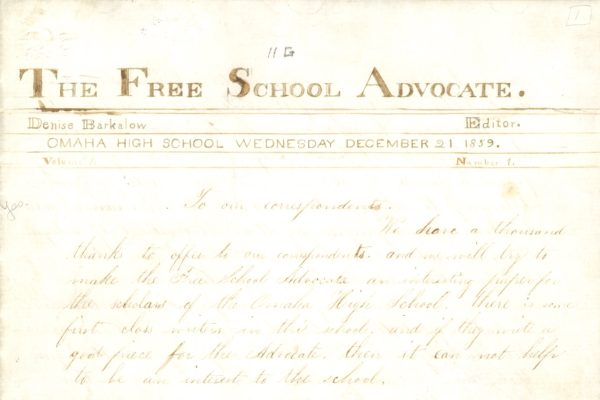Different outlooks on graffiti
Graffiti has been around since the late 1960s when it first gained popularity in cities like Philadelphia and New York City. It exploded in popularity across the world and became a form of self-expression for many artists. Presently, you can still find graffiti nearly everywhere if you live in a city. Although it is illegal and considered vandalism to write on another person’s property without their permission, many graffiti artists will do whatever it takes to get their name out, creating a certain controversy on what the limits of street graffiti should be.
Some people believe that a city without graffiti is one that is colorless and boring. They say that it is an art that is meant to be seen by others in their everyday lives. Graffiti and street art can sometimes be used to enhance a building or area by turning something ugly into a work of art. For example, a neglected building could be transformed into a masterpiece that helps give a certain uniqueness to an area.
A large group of people believe that if graffiti is used in the right context, it can be perceived as art instead of vandalism. Banksy, a very well-known street artist from London used his city as a canvas and ended up creating some very meaningful and valuable works. One of Banksy’s pieces sold for an extremely impressive price of $25.4 million just last year. In addition, graffiti can carry very important messages about society. It is a great form of self-expression for groups of people who feel excluded and want to share their feelings. It can even be the ironic or humorous works of street art that people appreciate the most.
On the flip side, many people think that all graffiti is vandalism, unless given permission to work on that property. After all, it is illegal for anyone to deface public or private property without permission. Another main argument against graffiti is that it can make an area look untidy, run-down, and uncared for. People do not want to shop or live in areas they see as neglected. Business owners especially do not want their buildings vandalized because it makes them look sloppy and pushes customers away. Finally, illegal graffiti is disliked by many because it is expensive to clean up. Taxpayers have to use their money to fund for the removal of graffiti. All in all, some graffiti is good, and some is not. It will be interesting to see if laws and punishments ever become harsher or more lenient for vandalism.
Your donation will support the student journalists of Omaha Central High School. Your contribution will allow us to purchase equipment and cover our annual website hosting costs.

Hi! My name is Charlie and I am a sophomore. This is my first year on The Register and I am very eager to be here. In my free time I like to listen to...













